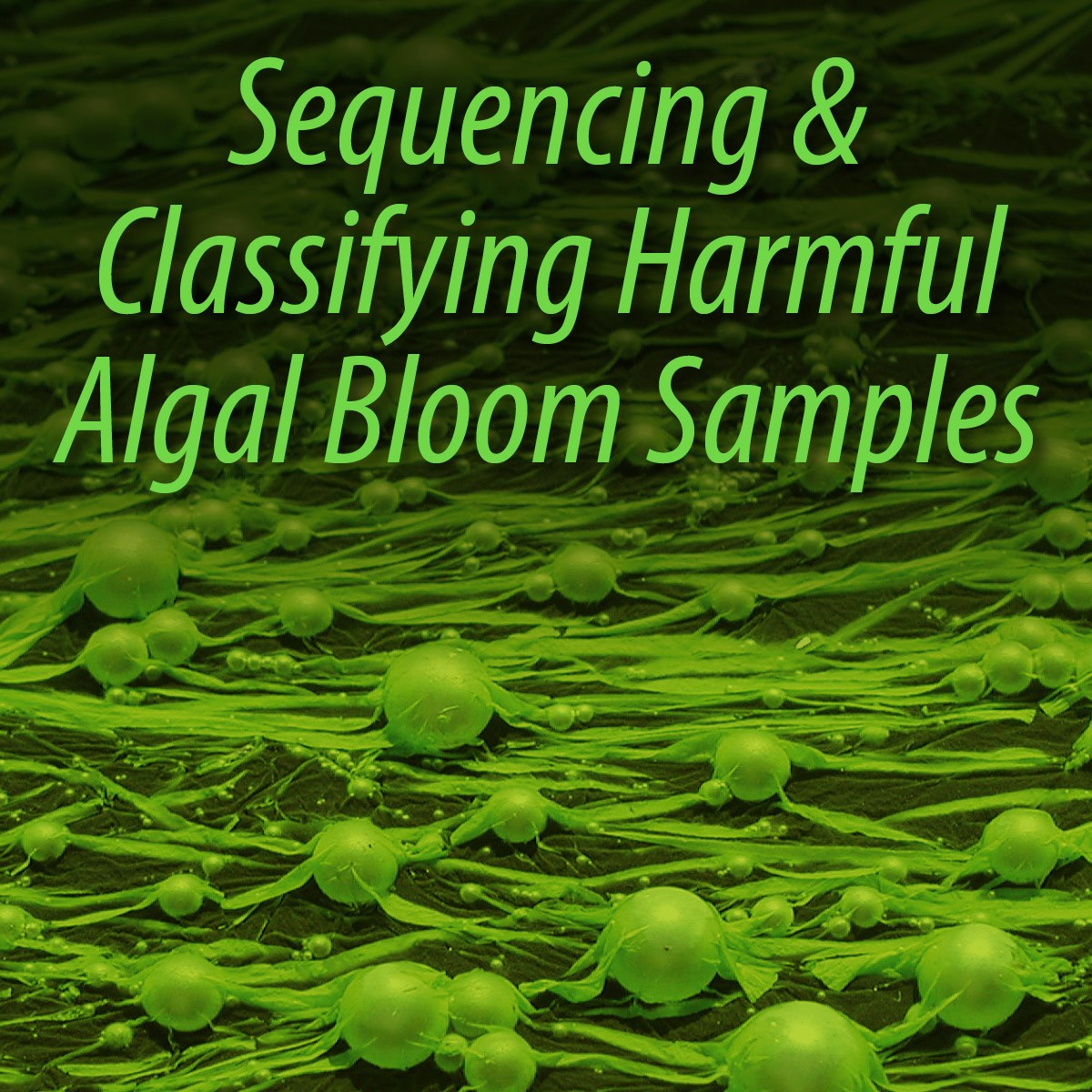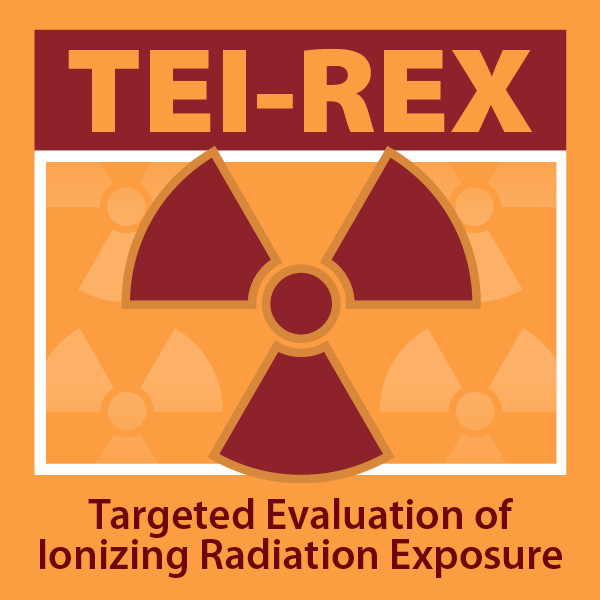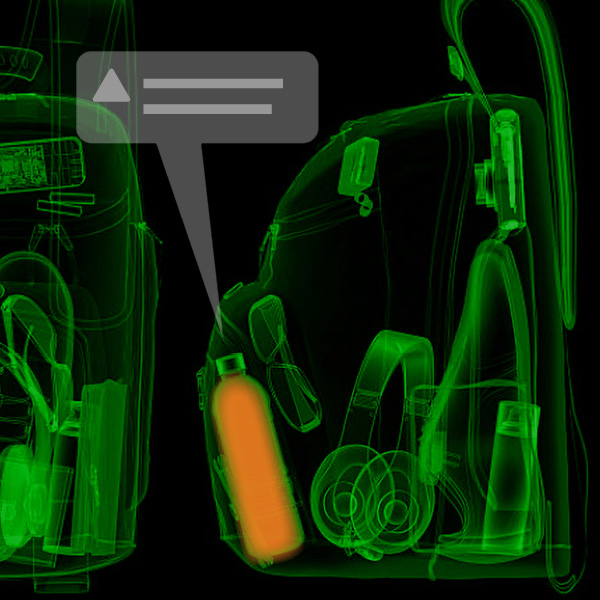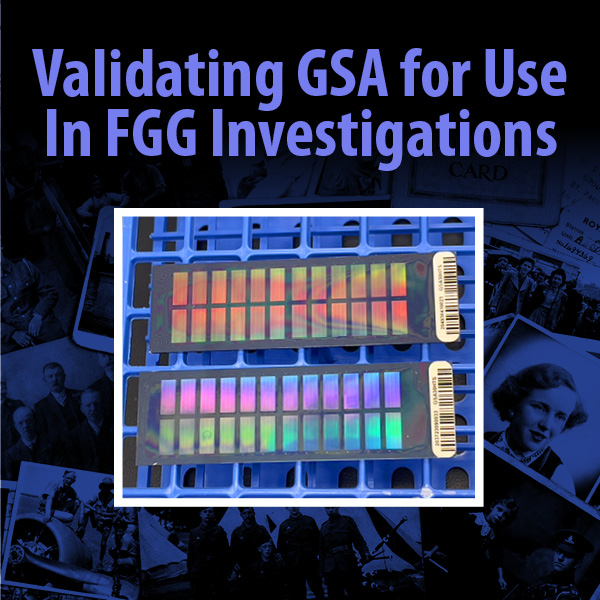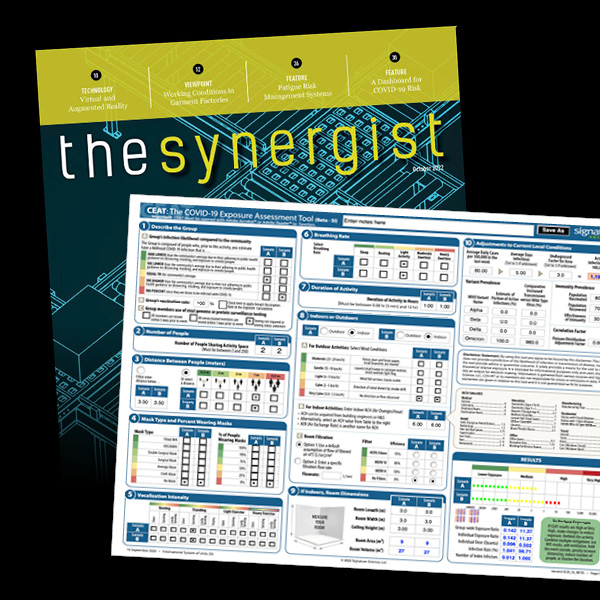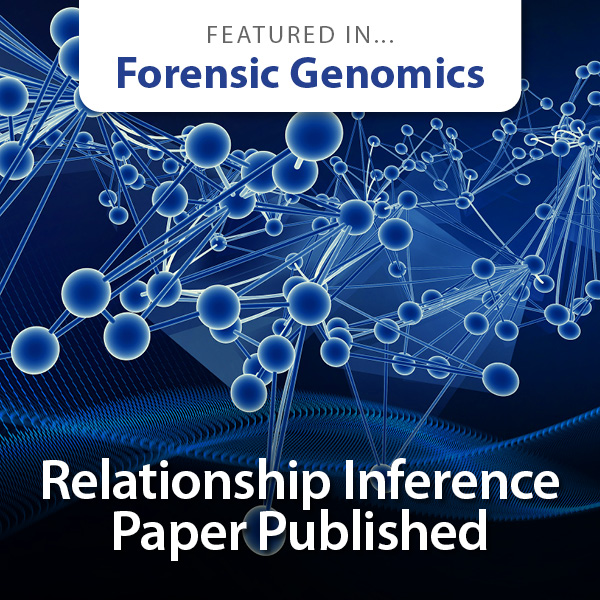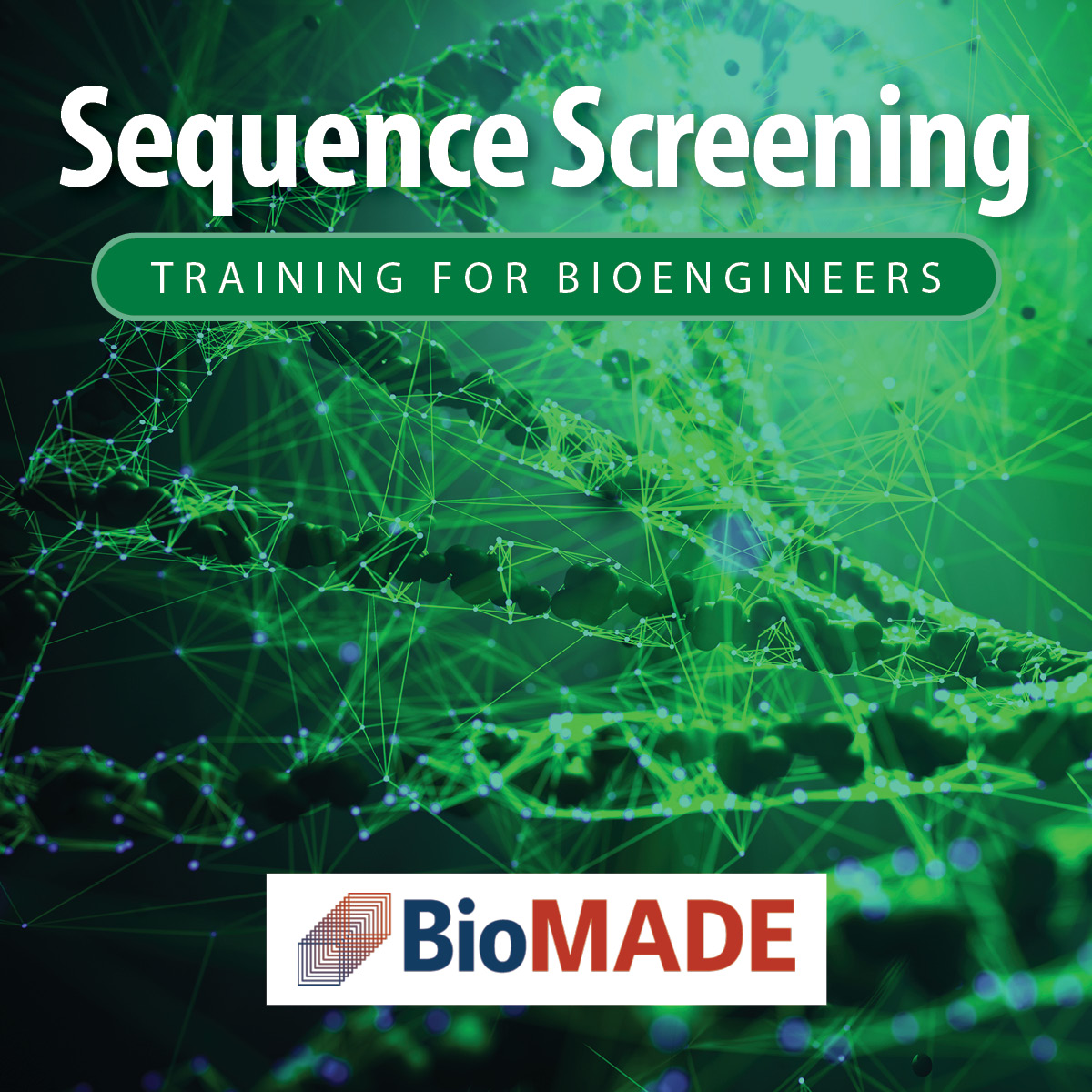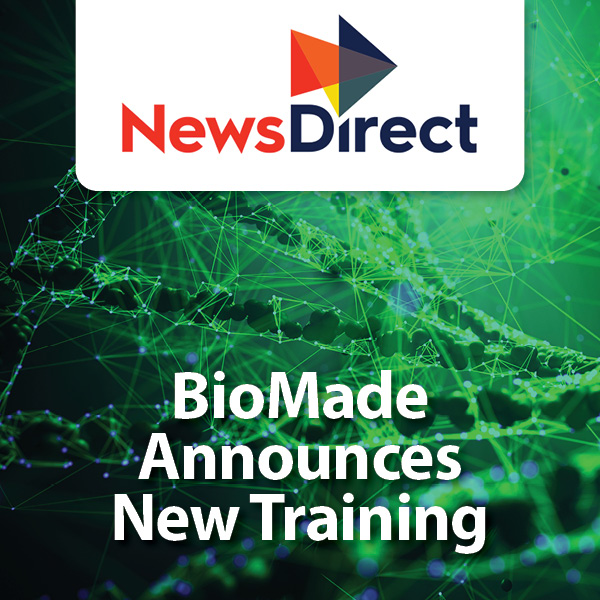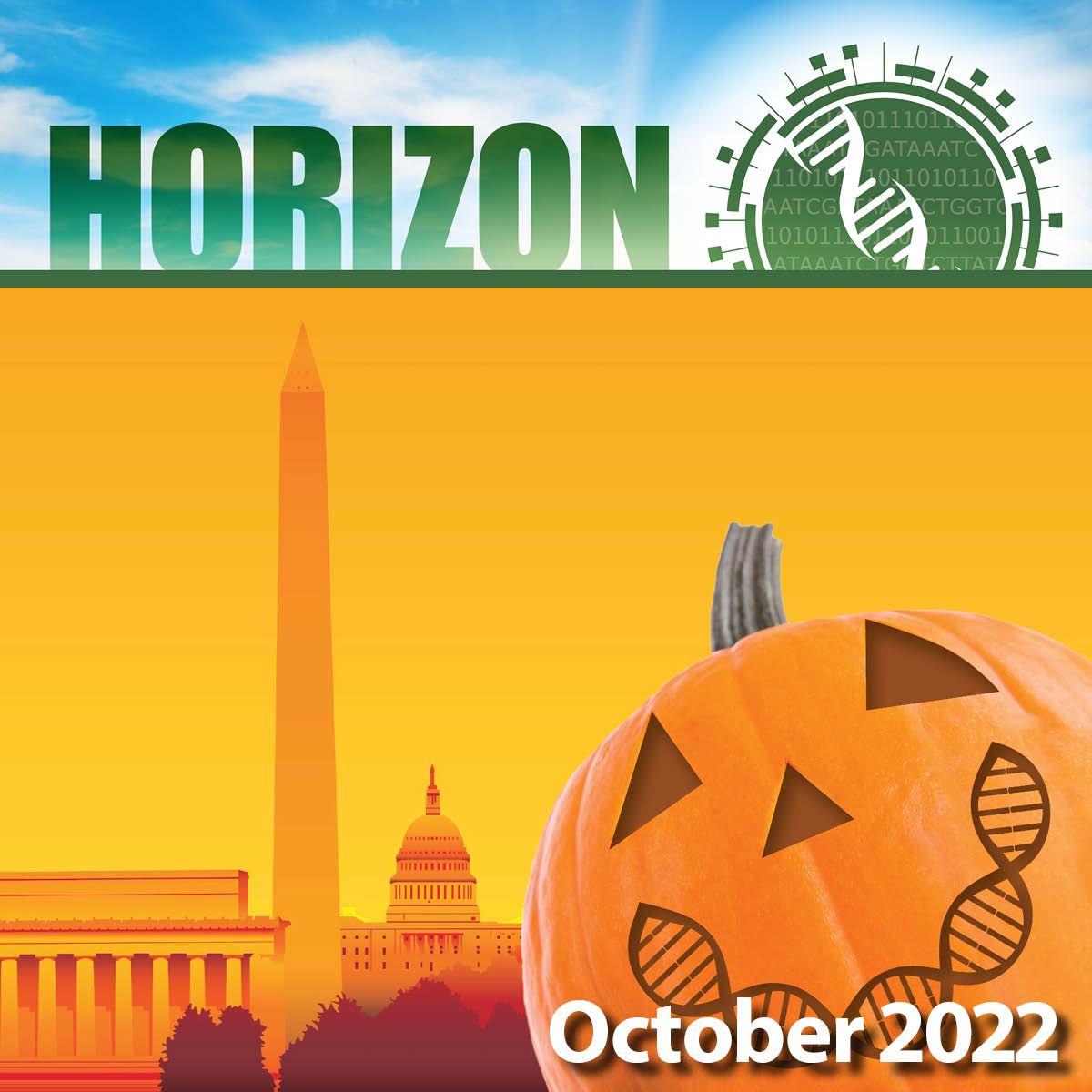
HORIZON Newsletter – October 2022
The Center for Advanced Genomics is heading to DC for ISHI 2022, and we are excited to see you all there! Meet our experts, exchange ideas, and learn about the validated novel forensic DNA methods and technologies developed in the CAG. Arrange a meetup before you go, or plan to stop... MORE

